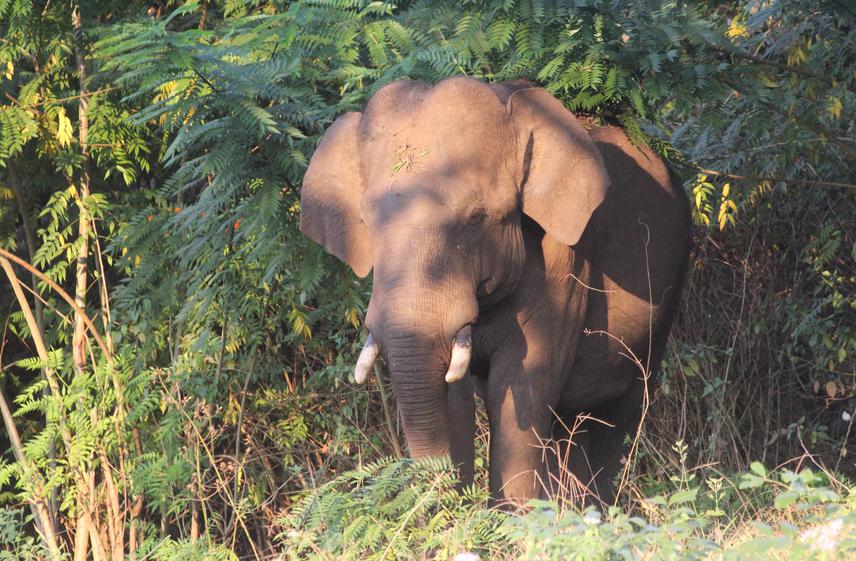Social media video featuring the project.
Senna spectabilis | മൂന്ന് സംസ്ഥാനങ്ങള്ക്ക് ഭീഷണിയായി ഒരു മരം | Shafeeq Thamarassery
Article featuring the project:
Impact of alien plants on Western Ghats causes concern
13 Dec 2022 Wayanad Wildlife Sanctuary, India, Indian Sub-continent Elephants | Mammals
Developing a Comprehensive Conservation Plan to Reduce Human-Elephant Conflict in Wayanad Plateau: A Rapidly Degrading Summer Range of Asian Elephants, India
Conservation of Asian Elephants through Community Awareness and Identification of Crop-Raiding Elephants to Mitigate Human-Elephant Conflict in Wayanad Plateau
Wayanad is part of southern India's Brahmagiri–Nilgiri–Eastern Ghats elephant landscape (Nilgiris), home to the world's largest contiguous population of Asian elephants. Wayanad is a critical dry season habitat for elephants in the Nilgiris due to its unique geographical features of low-lying swamps and numerous perennial streams, otherwise a primarily dry vegetation landscape. But Wayanad experienced severe habitat fragmentation following India's independence and is currently made up of a mosaic of moist deciduous, semi-evergreen forests in different stages of degradation intermixed with coffee and paddy-dominated cultivated land. Wayanad is now a hotspot of human-elephant conflict, where a total of 27 human deaths were reported due to elephant attacks between 2009 and 2018.

The invasive tree Senna spectabilis is spreading rapidly in the forests of Wayanad and other parts of Nilgiri Biosphere Reserve, reducing forage availability for elephants and other herbivores.
Under the previous grant, we could identify a few crop-raiding elephants in the area. But there are many other individuals still to be adequately identified. We also noticed that the rapid spread of the invasive tree Senna spectabilis is seriously affecting the forage availability of elephants. Currently, around 40 percent of the Wayanad sanctuary has been invaded by S. spectabilis, and it is spreading to new areas. The spread of S. spectabilis is seriously affecting the carrying capacity of the elephants in this critical summer range by reducing forage availability which can trigger human-elephant conflict in the future. We noticed that S. spectabilis is one of the most aggressive invasive species due to its fast growth rate, adaptation to invade in all vegetation types, allelopathic effects, capability to produce a large number of seeds, thick canopy cover, ability to coppice and its unpalatability. In this context, this project will investigate:
(1) how the spread of S. spectabilis affects the forage availability of elephants
(2) identify crop raiders individually and assess their movement pattern in the landscape
(3) assess the effectiveness of the early warning system developed by our team during the last project, and
(4) the project will also start an eco-restoration project in Wayanad with the participation of different stakeholder which together can help in improving the habitat quality of elephants and improve human-elephant coexistence.
Social media video featuring the project.
Senna spectabilis | മൂന്ന് സംസ്ഥാനങ്ങള്ക്ക് ഭീഷണിയായി ഒരു മരം | Shafeeq Thamarassery
Article featuring the project:
Impact of alien plants on Western Ghats causes concern